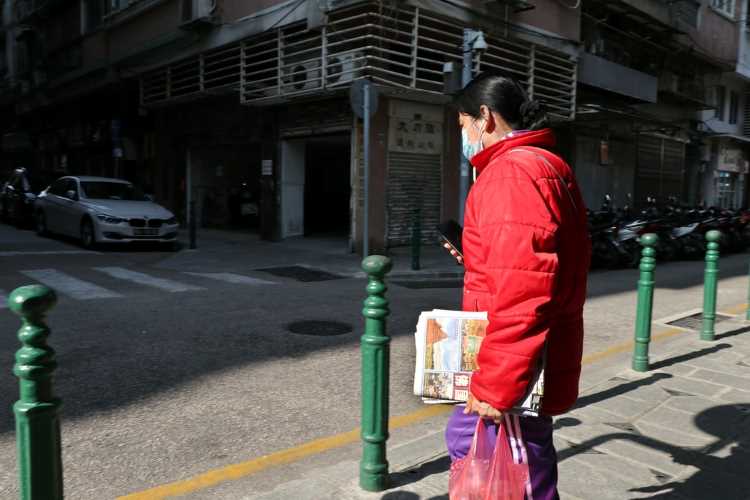By Naliniprava Tripathy, Ayush Dharnidharka & Tushar Gera
The world’s second largest economy is facing an unprecedented crisis triggered by the new coronavirus outbreak. China’s factories that cater to the demand for goods world over are shut, schools are closed, and the streets abandoned. The outbreak is slowly snowballing into a global crisis. The world’s largest corporations and some of the largest economies have started feeling the pinch as China contributes a sixth of global GDP and roughly 70% of the manufacturing output. China is the world leader in several products such as computers, mobiles, and air conditioners.
China is also one of the largest consumers of raw materials — from fuel and minerals to industrial goods. So any disruption in consumption could lead to an alarming situation across the global supply chains. The virus has not only impacted the manufacturing and consumable industries, but also hotels, luxury goods and airlines. Chinese are the biggest buyers of apparel and commodities, and with closed stores and fewer tourists, the luxury market is battered.
Impact of Coronavirus on Indian Economy
READ: Coronavirus outbreak may trigger $1.3 trillion losses
China is India’s second-largest trading partner. One could see trouble brewing for bilateral trade worth $87 billion. China exports to India goods worth $70 billion including electrical machinery, nuclear machinery, medical instruments, vehicles and accessories to steel. Exports from India include organic chemicals, cotton, ores, plastic items and salts. China accounted for 13.7% of India’s imports and 5.1% of India’s total exports in 2018-19. The epidemic has come at a time when the Indian economy is fighting an economic slowdown, and the impact of the coronavirus outbreak could result in more pain. Rating agency S&P has estimated that the epidemic will bring down China’s GDP growth rate to 5% this year. However, no formal estimate of its impact on India has been made yet.
With China contributing a significant share of components that go into the manufacturing of a wide range of goods in India, a supply shortage could translate into a dearth of finished products, leading to higher prices, job losses, and assembly lines being shut down.
READ: GDP growth in Oct-Dec period at 4.7%, NSO retains annual growth projection at 5%
India’s dependence on China is spread across sectors. Intermediates from China meet around 67% of India’s requirements of active pharmaceutical ingredients (APIs). Generally, drug makers maintain a buffer stock of these ingredients that could last 2-3 months, and hence no immediate impact has been witnessed. However, with the outbreak showing no signs of slowing down, it could create an alarming situation. Further, in smartphones, India is highly dependent on China for chipsets, displays, and batteries. With a $30 billion domestic market, India is the second-largest consumer of smartphones in the world. This industry will also see significant disruption. On the telecom side, 25% of equipment imports, such as network gear, including antennas, microwave equipment, routers, and base stations that constitute a significant part of the telecom setup, are from China. So, it is assumed that the telecom sector staring at a distress.
Chinese firms supply 10-30% of automotive parts, some being extremely critical for the final assembly of vehicles. The supply of even one component being disrupted can put the brakes on the entire assembly line. A Fitch report says India’s auto production activity could dip by over 8% in 2020 due to the crisis. India’s foreign tourist arrivals from China have been increasing for the past few years, accounting for 3.12% of the total 10.9 million tourists in 2018. Hence, the Indian tourism industry is expected to be hit this year. The real economic impact will be seen in the coming months and the country must be ready for any eventuality.
(Dr Naliniprava Tripathy teaches finance at IIM Shillong. Ayush Dharnidharka and Tushar Gera are PGP students at IIM.)

